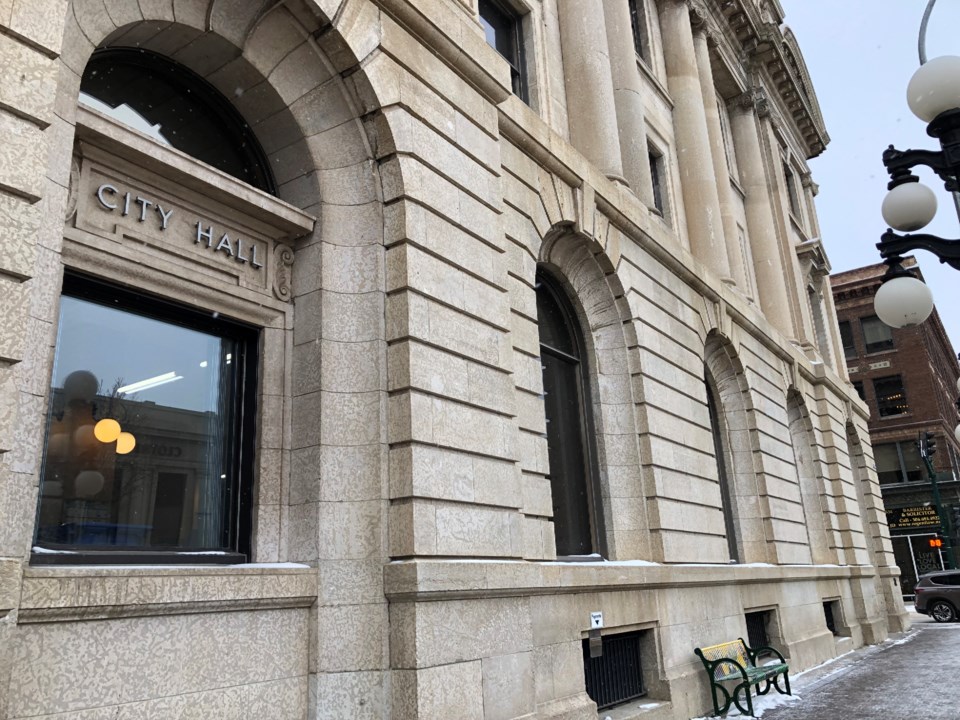MOOSE JAW — City hall’s information technology department plans to spend $260,000 this year to support a new online permitting system and a software program that tracks vehicle and equipment assets.
City council unanimously approved the department’s capital funding requests during a recent 2025 budget meeting, with $110,000 supporting the permitting software project and $150,000 supporting the fleet management software project.
Although IT expects to take 14 months to complete the permitting project, the system will become operational later this year, a budget report said. This system will feature an online portal that enables users to complete the entire permit process digitally, including payments.
The department expects the system to have several positive outcomes, the document continued, including faster service, fewer errors with the application approval process, better tracking and record-keeping, “repeatability” of business processes, the possibility of selling more permits and having higher compliance levels, and cost recovery to support the system.
The report noted that the department will use this money to “backfill for staff” who are assisting with this project and establish a contingency fund for any unexpected changes.
Meanwhile, the fleet management program could be part of a larger asset management system planned in 2026, the report added. The IT department will ask for $350,000 next year to purchase and install an asset software program to track all municipal assets — from trucks to fire hydrants to benches — and will use leftover funding to purchase the fleet management software.
Extra employee
Wade McKay, director of IT, explained that this permitting software project needs the support of a “subject matter expert,” so the department must temporarily recruit someone from the planning and development branch to help “get over the hump of the extra work.”
This secondment requires the hiring of someone to backfill in planning and development for several months, so its daily activities continue to happen.
Meanwhile, city hall is creating a communications plan to reach community stakeholders like contractors and construction companies, who have been asking for an online permitting system for years, he continued.
When asked about the proposed asset management program, the IT director said it would be on a scale similar to the Enterprise Resource Planning (ERP) software program.
City hall wants to catalogue every municipal-owned vehicle and piece of equipment to create maintenance routines, which would reduce repair costs and allow departments— especially operations — to evaluate the total cost and value of the equipment, he said.
“It’s a massive project across the city,” continued McKay, adding that IT and the geographic information system (GIS) branch have created a digital system to help mechanics and work crews record information the same way.
City manager Maryse Carmichael said city staff currently track and catalogue equipment manually, with mechanics recording information on paper and then filing that sheet in a cabinet.
“That is not efficient (and) that is not 2025,” she added.
Council's comments
Coun. Chris Warren liked how city hall was pursuing an asset management program in 2026, while he also liked IT starting with a smaller fleet management program so staff could work out the bugs and become comfortable using it.
However, Coun. Dawn Luhning wasn’t convinced that IT could tackle both projects simultaneously because of insufficient staffing levels and the thousands of help-desk tickets it handles.
Furthermore, she wasn’t convinced that council was receiving “good bang for our dollar” with these systems, noting McKay’s report failed to list cheaper software options. This forced council to “take these numbers as gospel” that they were appropriate expenses.
Luhning added that she wanted administration to report back over the next three months about the projects’ progress.
Carmichael replied that they would, while she pointed out that these projects are helping upgrade city hall’s various systems, such as the ERP system, which is nearly completed. Meanwhile, directors followed the city’s procurement policy to acquire these software systems, which ensured that the municipality paid an appropriate price for them.


.png;w=120;h=80;mode=crop)

